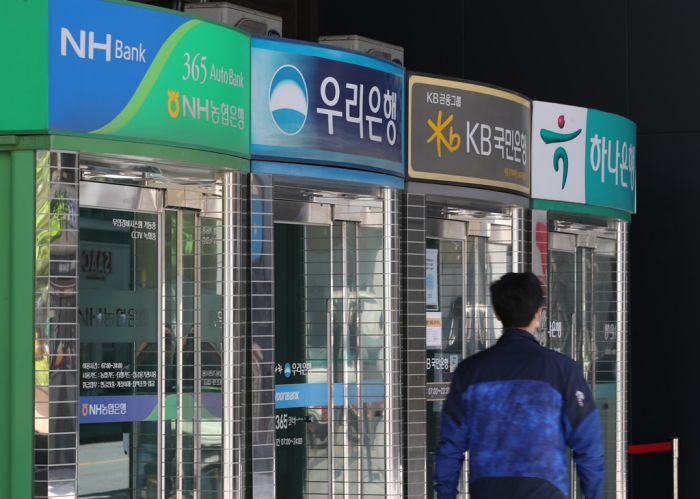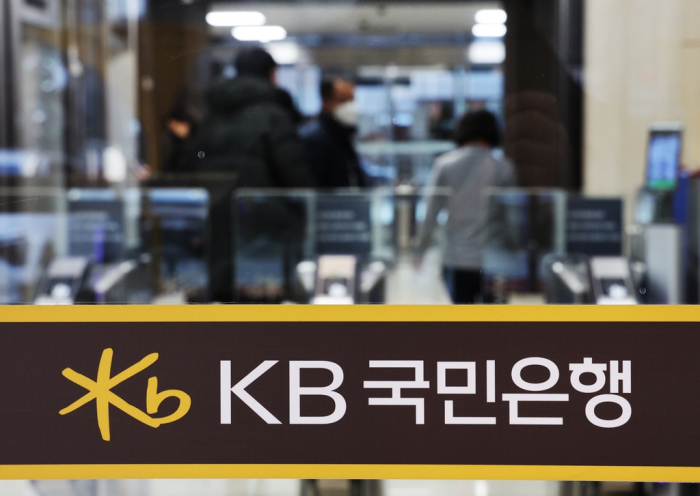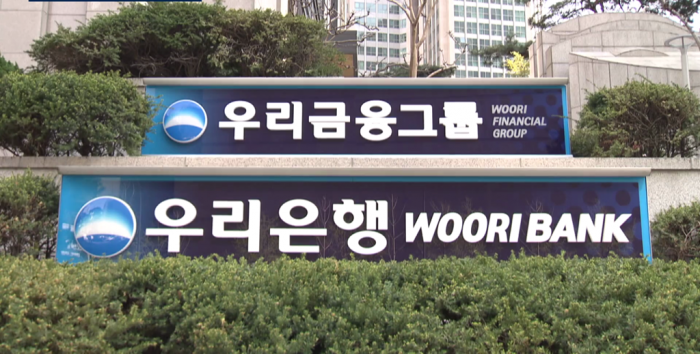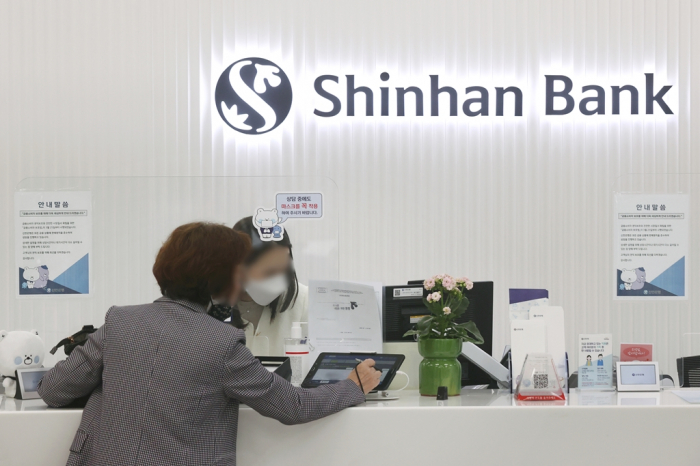Banking & Finance
Korean banks’ profits hamstrung by tighter rules, consumer behavior
If allowed to charge various account-related fees, their profitability would significantly improve, says a recent report
By Apr 18, 2023 (Gmt+09:00)
3
Min read
Most Read
LG Chem to sell water filter business to Glenwood PE for $692 million


KT&G eyes overseas M&A after rejecting activist fund's offer


Kyobo Life poised to buy Japan’s SBI Group-owned savings bank


StockX in merger talks with Naver’s online reseller Kream


Meritz backs half of ex-manager’s $210 mn hedge fund



South Korea’s commercial banks usually post decent earnings driven by high interest income when the country’s policy interest rates are on an easing bias and vice versa when the central bank tightens its monetary policy.
The banks’ hefty gains often come under public criticism that they are making “easy money,” which prompts financial regulators to turn the screw on them with tighter rules, putting them on an unequal footing with their overseas rivals.
According to the KB Financial Group Inc.’s Institute of Management Research, Korean banks earn very little in the way non-interest gains compared with their US peers largely due to Korea’s tighter regulations.
KB Financial’s recent research report showed that the non-interest income of Korea’s five big banks – KB Kookmin, Shinhan, Hana, Woori and Nonghyup – stood at 1.64 trillion won ($1.24 billion) in 2022, accounting for 4% of their combined revenue of 41.18 trillion won.
The ratio of their non-interest gains versus total revenue compares with 8.3% in 2021, 12.6% in 2020 and 12.8% in 2019.
Their parent groups – KB Financial Group, Shinhan Financial Group Co., Hana Financial Group Inc., Woori Financial Holdings Co. and Nonghyup Financial Group Inc. – posted a non-interest income ratio of 15% last year.

HEFTY NON-INTEREST GAINS IN THE US
In stark contrast, the top five US banks – JP Morgan, Bank of America, Citibank, Wells Fargo and US Bank – posted $122.2 billion in non-interest incomes or 34.9% of their revenue of $349.5 billion last year.
The ratio of non-interest gains of broader financial institutions, including commercial banks and savings banks, stood at 27.9%, the KB Financial report showed.
Analysts said the disparity has caused Korean banks’ weak profitability relative to US banks.
Korean banks’ average return on assets (ROA) last year was 0.52%, earning 5.2 won for every 1,000 won in assets they managed.
The ROA of US banks was 1.12%, according to the report.

Industry officials attributed US banks’ higher non-interest income to the country’s financial rules that allow them to add various charges, including commission fees, on consumer transactions and banking services.
Unlike in Korea, the US government allows its banks to set a minimum balance rule, under which if the deposit amount falls below the pre-set level, they can charge customers up to $25 a month in bank account maintenance fees.
US banks also charge $5 for issuing an account-related statement and another $5 for reissuing a debit card.
Such fees account for 14-15% of their non-interest incomes, contributing to their overall profitability, the report said.
CONSUMER BACKLASH, GOVERNMENT PRESSURE
However, Korean banks cannot impose account-related fees due to the consumer backlash and government pressure against such practices.

In 2017, Citibank Korea introduced a system to charge its clients 5,000 won a month for failing to keep their balance above a certain level but such rules have turned virtually unenforceable in the face of public criticism that they were earning money “too easily.”
As borrowers struggle under growing debt with the Bank of Korea returning its policy rate to pre-pandemic levels this year, Korea’s financial regulators have forced domestic banks to abolish online and offline remittance fees among different banks and to adopt a temporary suspension of penalty fees on early borrowing repayment.
If Korean banks are allowed to charge deposit account fees at similar levels that US banks charge, which is 0.27% of their total deposits, Korean banks’ non-interest income ratio could rise by as much as 10 percentage points, the KB Financial report said.
The proportion of the non-interest gains for Korea’s top four banks, excluding Nonghyup, which low-income borrowers often use, could rise to around 20% of their revenue, it said.
Write to Bo-Hyung Kim at Kph21c@hankyung.com
In-Soo Nam edited this article.
More to Read
-
 EarningsKB, Hana drive major S.Korean overseas banking profits lower
EarningsKB, Hana drive major S.Korean overseas banking profits lowerMar 22, 2023 (Gmt+09:00)
3 Min read -
 Private equityKorean banks must increase total shareholder returns: Align Partners
Private equityKorean banks must increase total shareholder returns: Align PartnersJan 02, 2023 (Gmt+09:00)
3 Min read -
 Banking & FinanceKorean bank profits at record-high as borrowers struggle under debt
Banking & FinanceKorean bank profits at record-high as borrowers struggle under debtFeb 10, 2022 (Gmt+09:00)
3 Min read -
 Banking & FinanceMoney moves back to safe assets in Korea amid rising interest rates
Banking & FinanceMoney moves back to safe assets in Korea amid rising interest ratesDec 20, 2021 (Gmt+09:00)
3 Min read
Comment 0
LOG IN


